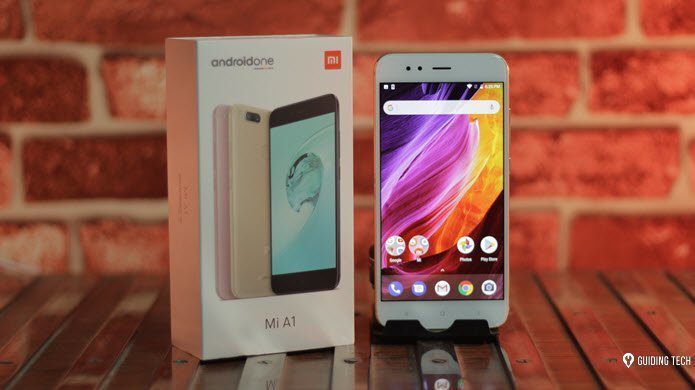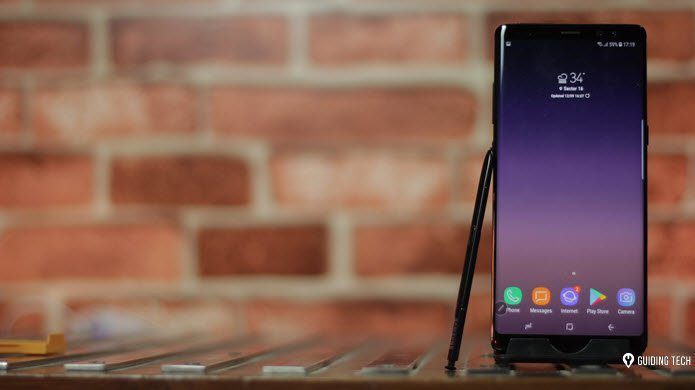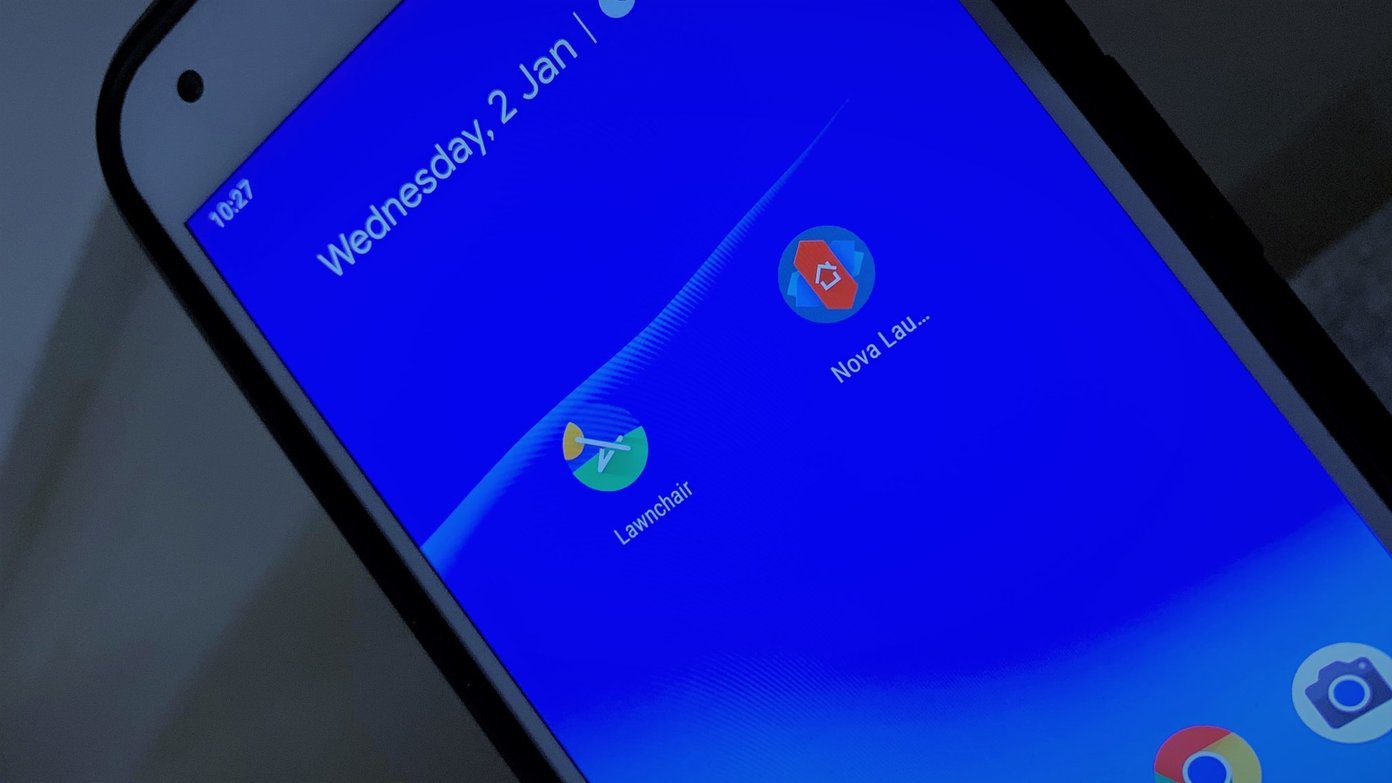The Chinese woman might have brought it upon her but it’s us who are leading our children towards a dark future, getting them hooked onto tablets and mobiles. Dependence on digital devices such as smartphones and tablets is good as they are great at providing information and entertainment, and are also readily available. But when it comes to modern households and nuclear families, more and more kids and children are getting hooked onto these devices. And their parents are letting this happen without much concern. However, mobile devices are known to disturb sleep patterns and can also cause serious damage to eyesight at a young age. So, the question still remains — are we responsible for pushing our kids towards blindness?
A Common Story in Most Households
Little Sasha (name changed), age 2, gets up around 7 am along with his mother and keeps following her while she prepares her elder son for school. Once Sasha’s brother boards his school bus, the mother starts getting ready for work. And to keep little Sasha occupied, his mother hands him a tablet with YouTube running on it. The kid is undoubtedly smart as he has learned how to play the next video and the one after that at the age of two. The mother is also happy seeing her child occupied while she gets ready but what she doesn’t see is the nasty effect that the tablet screen is having on her child’s eyes while he continues to gaze at it. That’s not the end of it. After Sasha’s parents are back from work, he is again given his tablet because it keeps him busy while the parents complete their daily chores without worrying much about the toddler. Sasha’s story is common for many households across the world where kids are given tablets, iPads, and mobile phones to keep them occupied while parents can carry on business as usual.
Why Is This a Big Problem?
“The blue light, emitted from your TV, computer, and mobile phones, is called high-energy visible light (HEV) and is as dangerous, if not more, than sun damage,” claimed a study conducted by the University of New Mexico. We all have been scolded by our parents at some point for sitting too close to the television or staring continuously at the computer screen. And now, we have tablets and mobile phones for children to constantly stare at. While looking at smartphones or tablets, we tend to open our eyes wider and blink less, this exposes our eyes to a higher level of stress and can also cause permanent damage to our vision. The woman in China, who lost her eyesight, had played games non-stop for 8 hours on her phone and ended up in the hospital. Later, she was diagnosed with Retinal Artery Occlusion (RAO) in the right eye. The shocking truth about her condition is that this happened over time as her addiction towards the game gradually increased until the day the stress increased so much that she lost her sight.
Lack of Awareness among Adults
According to a study conducted by The Vision Council, “… 72.5% of adults are unaware of the potential danger of blue light to the eyes.” If that is the scenario, how can we expect people to protect their children from the danger? The study also reveals that close to 23.6% or one in every four children spends more than 3 hours a day staring at digital devices. The more we are exposing young kids to these devices, the more damage we are causing to their vision. When there is such widespread ignorance among adult users then who is to be blamed? We cannot blame the device makers for this and not even the content creators for making addictive content such as games and entertainment videos. Just like the overdose of any medicine is the fault of the patient, the overuse of any digital device is the lookout of the user and not the manufacturer.
How Can You Prevent This From Happening?
This is the basic question that must have come to your mind while reading the above facts. Well, prevention is always better than cure and it stays true for this situation as well. To prevent vision-related problems for your kids, you should try and prevent their reliance on digital devices. All digital screens and even common electronic appliances emit the HEV light and many reports confirm that. But the ones we constantly keep staring at cause the maximum damage. So, the solution is simple — lesser the exposure, lesser the damage. In the digitized era, where we work on computers and mobile phones throughout the day, we should follow the 20-20-20 rule. After every 20 minutes look at an object 20 feet away for at least 20 seconds.
You Can Also Use a Blue light Filter on Devices
While giving up all digital devices is not possible, you can surely reduce the harm caused by the HEV or blue light. Most tablets and smartphones understand the importance of this and are now including a blue light filter on the devices as a default. If your device doesn’t feature a blue light filter, there are a number of apps available for Android devices that can reduce the effects of blue light emission.
Co-existing with a Necessary Evil
In the end, all I can say is that technology is a necessary evil. However, there are ways, by which we can use this evil to our benefit. That is what mankind has been doing with machines for hundreds of years. Mobiles and tablets are not so new, they’ve already been around for decades. It’s their usage that has increased multifold in the last decade. However, to be safe, we should try and protect young children from overusing tablets and encourage them to go out and indulge more in physical activities. The above article may contain affiliate links which help support Guiding Tech. However, it does not affect our editorial integrity. The content remains unbiased and authentic.











![]()


